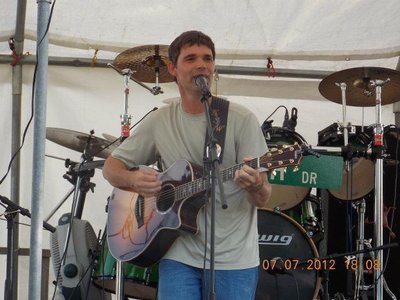
Wilson’s combination of precarious dialogue and static prose only serves to further flatten the novel’s one-dimensional characters. Wilson, at times, writes in ways that portray Frankie and Zeke as younger than they actually are. Instead, he settles for a murky in-between that more often distracts than rings true. While it demonstrates an admirable attempt at realism, Wilson is unable to decide between the stilted oral verisimilitudes of a transcript and traditional fictitious stylization. The novel’s dialogue attempts to display a veracious representation of teenage speech - peppered with “like,” ellipses, and overly juvenile uncertainties. Wilson’s candid writing style is keen, but it isn’t enough to outstrip its unnecessarily explicative tendencies. While her pedantic explanations can be partially justified by the novel’s split temporality and retrospective reflections, they rapidly grow monotonous in places where more dynamic plot points might flourish. Though Wilson’s prose is emphatic and resonant with narrative voice, Frankie’s ceaseless inner monologue demonstrates why the age-old writing maxim of “show, don’t tell” continues to persist as craft advice. Twenty years later, a reporter searches for the truth about the Coalfield Panic of 1996 in an investigation that threatens to overturn Frankie’s life once more. When the two create the cryptic poster that sends Coalfield spiraling, it snowballs into a flurry of whispers and whiplash that alters their lives forever. Told in alternating timelines, the book tells the story of how teenage outcast and aspiring novelist Frankie Budge meets budding artist Zeke Brown one fateful summer in 1996. So it goes in Kevin Wilson’s fourth novel “Now is Not the Time to Panic,” published Nov.

“We are fugitives, and the law is skinny with hunger for us.” The residents marvel and the paranoiacs speculate, but no one knows that the posters’ origin is just a pair of teenagers with a Xerox machine and a dream. Mysterious posters have surfaced across town, emblazoned with a haunting illustration and mystifying script: “The edge is a shantytown filled with gold seekers,” it reads. It’s summer in Coalfield, Tennessee, and art is seizing the city with an ironclad grip.


 0 kommentar(er)
0 kommentar(er)
